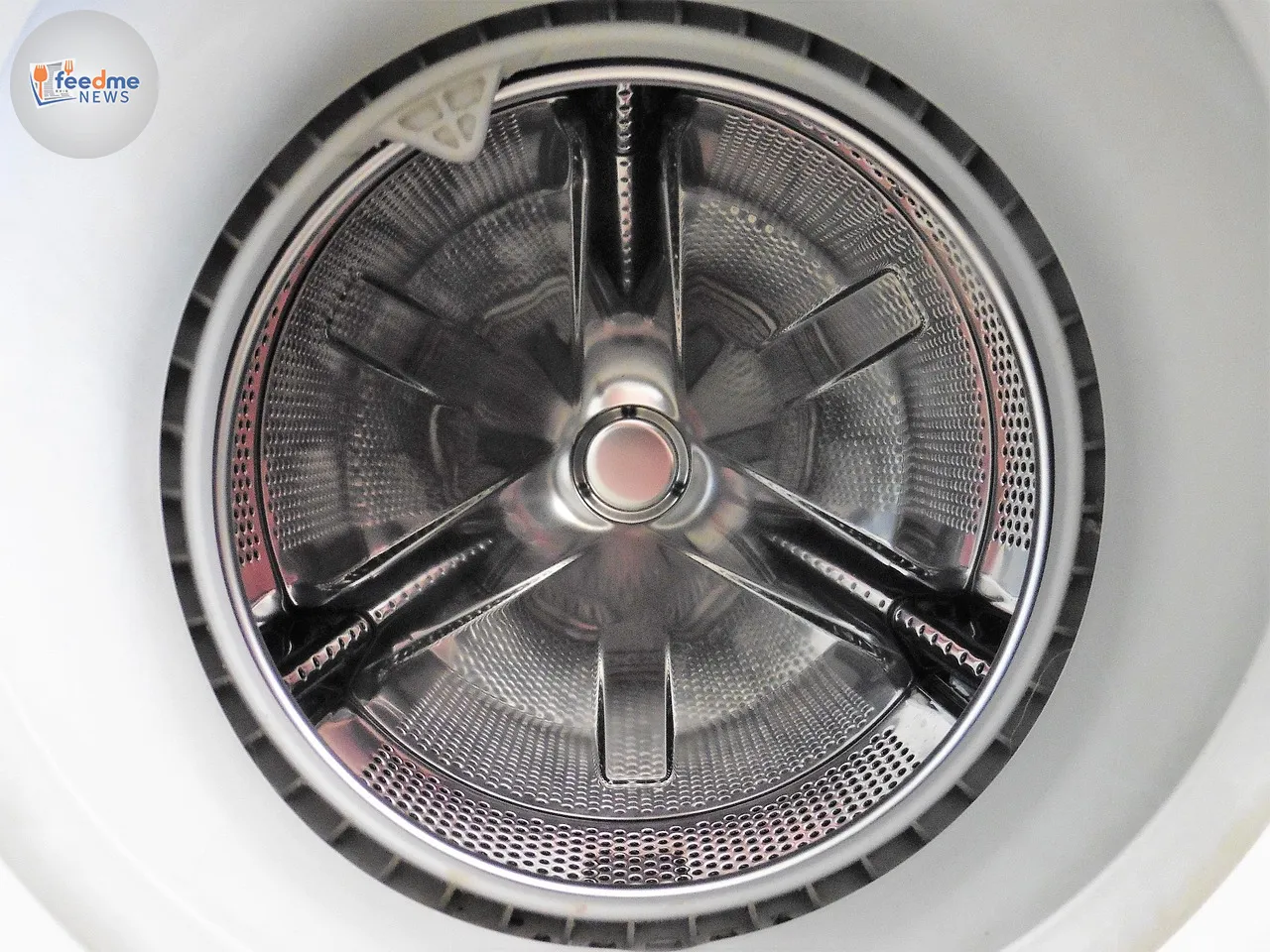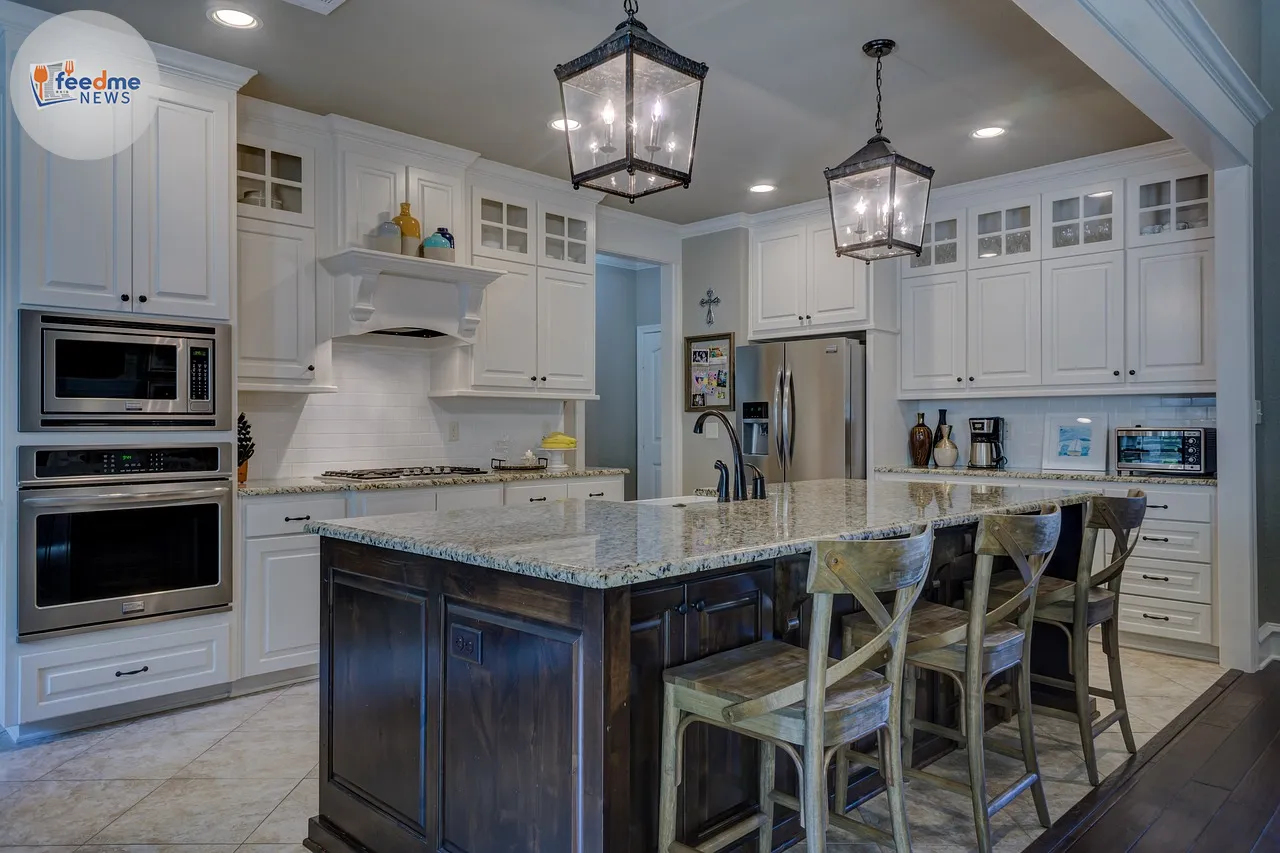A new Apartment Therapy feature highlights a $5 trick that promises a custom look for ready-made curtains without sewing. The piece, titled “I Found the Easiest $5 Trick for Making My Curtains Look Custom,” positions a simple, low-cost approach as an answer to a common home dilemma: how to make standard curtains hang and finish like bespoke drapery. The site frames the hack as friendly to beginners, stating, “You need basically no DIY skills to pull this off.” The article link references hem tape, signalling a no-sew method that aims to improve length and finish. For renters and budget-conscious decorators, the tip offers a practical path to a cleaner, tailored window treatment, while sidestepping the cost and wait that often come with bespoke orders.
Context and timing
Apartment Therapy published the article online on 9 October 2025. Readers can find it at the following link: https://www.apartmenttherapy.com/hem-tape-custom-curtain-hack-37511927. The headline and the page address both point to hem tape as the core of the method, and the piece emphasises its ease of use and low price point.

A $5 no-sew trick that targets a custom look
Apartment Therapy’s feature draws attention because it pairs a very low cost with a clear promise: a more tailored finish for standard curtains. The headline calls out a $5 budget, while the article link includes “hem-tape,” which indicates a no-sew approach. In plain terms, the method aims to help people improve how curtains fall and frame a window, without hiring a seamstress or investing in new panels.
Curtains can transform a room, but ready-made lengths do not always sit at the right height or break. A quick, low-cost adjustment can make a visible difference. The piece suggests that a small spend and a few minutes of effort can produce a neater line and a more intentional look. That message aligns with a wider appetite for simple fixes that deliver quick wins in the home.
What the method tries to solve: gaps, puddles, and uneven hems
Ready-made curtains often miss the mark by a few centimetres. Panels can hover awkwardly above the floor, or puddle in a way that looks messy rather than elegant. Slight differences between window heights, rods, and floor levels can also create uneven hems across a room. Many homeowners notice these small flaws because curtains occupy a large visual field.
A hem-tape approach targets these pain points. By letting users adjust how much fabric turns under at the bottom edge, no-sew products can help set a consistent line along the floor. The result can read as more intentional and “custom,” even if the panels came off the shelf. The Apartment Therapy piece positions the hack as a way to dial in that last 2 to 5 centimetres that often separates a tidy finish from a distracting one.
Budget and access: why a small spend appeals to home improvers
Custom curtains often command a premium because makers cut and finish them to a specific window and styling brief. Choice of fabric, lining, and hardware also adds to the price. Many households opt for ready-made panels to control costs and speed up installation. Yet the desire for a tailored look remains strong, especially in living rooms and bedrooms where window treatments set the tone.
A $5 tweak answers that demand. It gives first-time decorators, renters, and anyone upgrading on a tight budget a way to improve what they already own. It also avoids the waste that comes with replacing serviceable curtains. Apartment Therapy has long covered small, accessible ideas like this one, reflecting reader interest in projects that fit within a weekend and a modest spend.
Hem tape basics: what no-sew products do in broad terms
Hemming tapes typically use heat to bond fabric layers along an edge, which can create a clean, finished hem without stitching. Users place the tape between the hem allowance and the panel, apply heat according to the product’s guidance, and allow the bond to set. The goal is a straight, secured edge that looks similar to a sewn hem. The Apartment Therapy link’s wording suggests that the featured method relies on this type of product.
People often choose no-sew approaches because they want a simple process and an immediate result. Many fabrics respond well to heat-activated bonding, but users still need to read product labels and fabric care tags. They should also test on a small area to check for heat tolerance and finish. These common-sense steps help protect fabrics and improve the quality of the final edge.
Renter-friendly appeal: reversible upgrades without major tools
Renters face limits on alterations, and many prefer upgrades that they can reverse or take with them. A hem-tape method suits that mindset because it works with existing panels and avoids drilling or permanent changes to walls. If users ever replace curtains or change rooms, they can start again with a new pair of panels and the same basic technique.
This approach also appeals to people with limited tools or time. Not everyone owns a sewing machine, and not everyone wants to learn to sew for a single project. A no-sew hem offers a bridge between “good enough” and “looks intentional,” and it does so with a small learning curve. That makes the Apartment Therapy piece relevant to a broad audience, from students furnishing a first flat to families refreshing a living space.
Where this fits in a wider wave of small, smart home fixes
Over the past few years, lifestyle outlets have highlighted simple, low-cost changes that can improve how a space feels: swapping hardware, refining lighting, rearranging furniture, and adjusting textiles. Window treatments sit within that set because they influence light, privacy, and proportion. A neat hem line frames a view and grounds a room, especially when the fabric and pole already suit the style of the home.
Apartment Therapy’s focus on a $5 curtain tweak reflects that editorial space. The idea does not promise a full makeover; it promises a cleaner finish that people will notice daily. That focus on everyday gains helps readers build momentum with manageable projects. It also encourages reuse of items already in the home, which many readers value for budget and sustainability reasons.
Wrap-up
Apartment Therapy’s latest tip highlights a simple truth of home improvement: small adjustments can shift how a room looks and feels. By flagging a $5 hem-tape approach and stressing that “you need basically no DIY skills,” the site offers a practical route to a custom look without sewing, specialist tools, or a large budget. The method targets common issues with ready-made curtains, from awkward gaps to uneven hems, and it aims for a tidy, tailored finish. Readers who want a step-by-step guide can follow the link and review the details in full. The broader lesson remains clear: focus on precise, visible fixes, and match methods to materials with care. As people continue to prioritise accessible, renter-friendly upgrades, low-cost curtain hacks will likely keep a regular place in home decor conversations.





